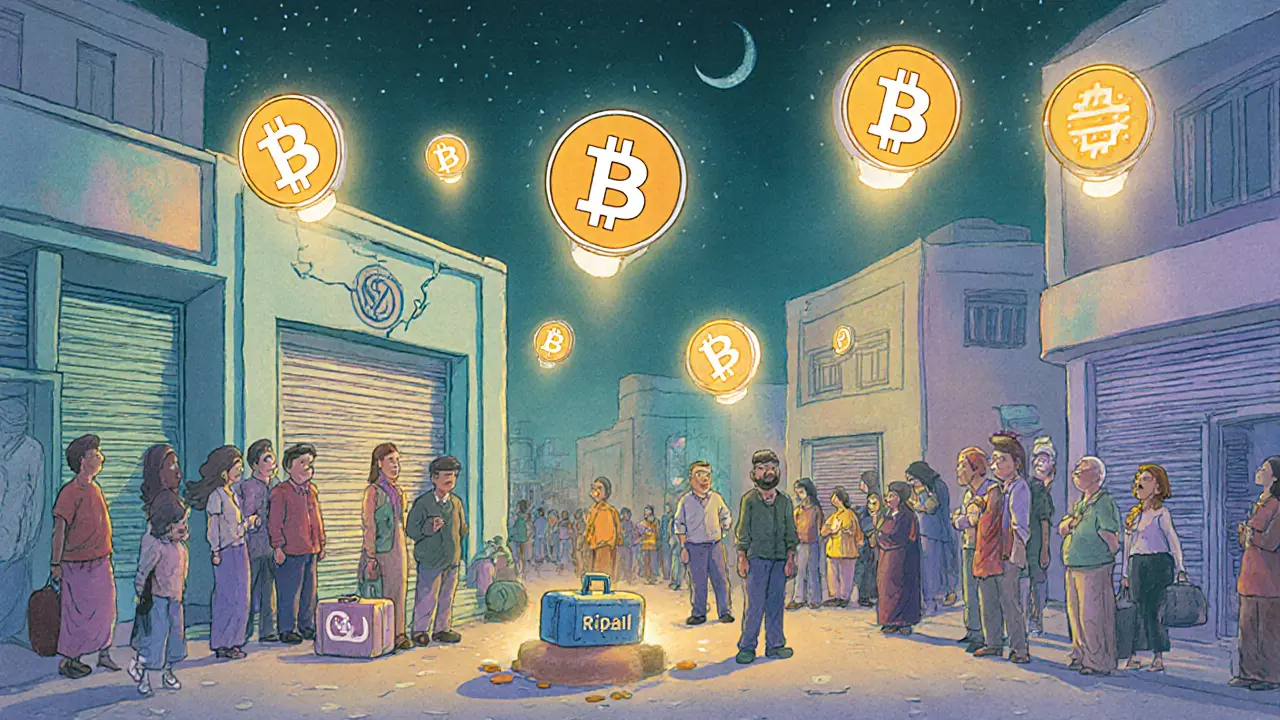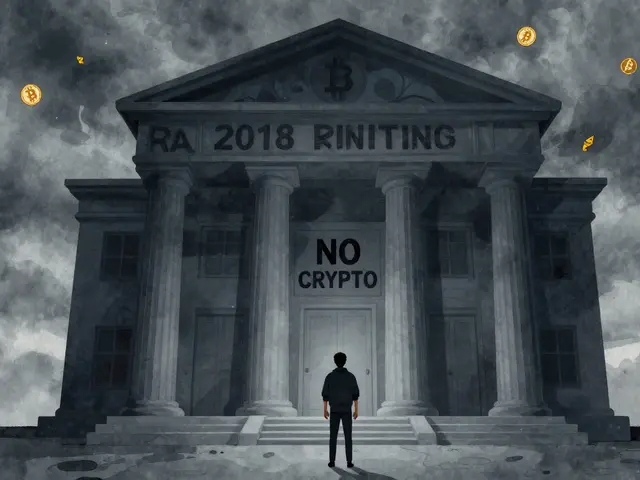Iran crypto adoption
When discussing Iran crypto adoption, the way people in Iran incorporate digital assets into everyday life despite strict financial controls. Also known as Iranian crypto adoption, it relies heavily on tools that conceal online activity from the authorities.
One of those tools is VPN crypto Iran, a virtual private network that reroutes traffic through servers outside the country, making it harder for Iran's monitoring systems to flag crypto transactions. Iran crypto adoption encompasses this VPN use, because without a reliable tunnel many traders would be instantly blocked. Another key player is the cryptocurrency trader in Iran, an individual who moves value across borders, swaps tokens, or farms yields while staying under the radar. These traders often pair VPNs with decentralized exchanges, because the combo lets them trade with lower friction. The relationship is simple: VPNs enable traders, traders drive adoption, and adoption fuels more demand for privacy‑preserving services.
Beyond VPNs and everyday trading, Iranians are eyeing crypto airdrop Iran, free token distributions that projects use to gain users in restricted markets. Airdrops are attractive since they bypass the need for fiat purchases, but they also raise red flags for regulators who view them as potential money‑laundering channels. The regulatory environment therefore influences both airdrop participation and overall adoption rates. When the government tightens monitoring, traders switch to more obscure VPN providers; when it relaxes, airdrop campaigns see a spike. This cause‑and‑effect loop shows how Iran crypto adoption is shaped by technology, user behavior, and policy. Below you’ll find guides, safety tips, and deep dives that break down each piece of this puzzle, helping you stay informed and safe while navigating the Iranian crypto scene.
How Sanctions Shape Crypto Adoption in Iran - 2025 Overview
Explore how sanctions have driven Iran's crypto adoption, the key players, regulations, user tactics, and future outlook in the 2025 landscape.





